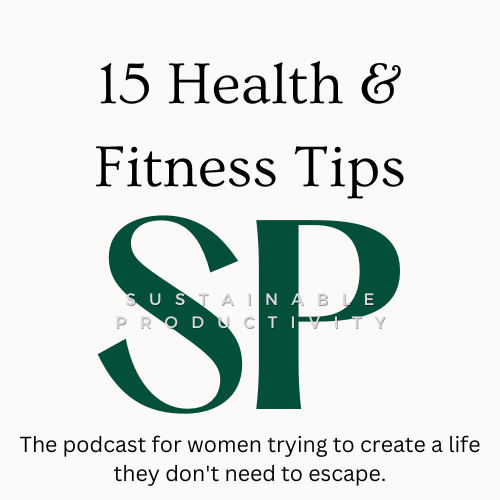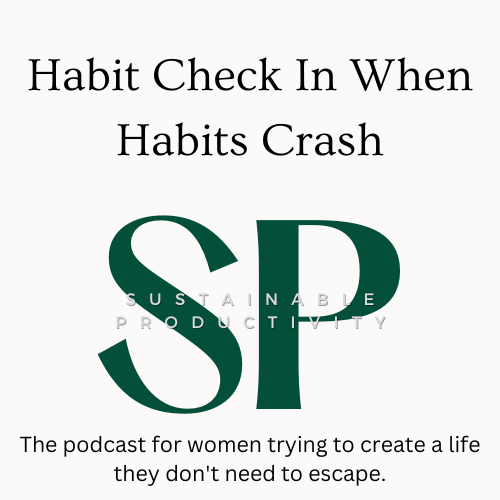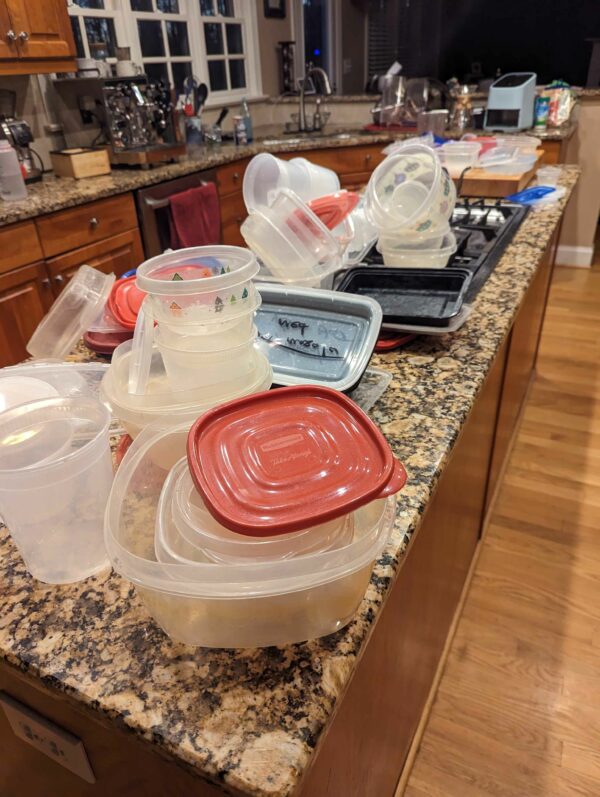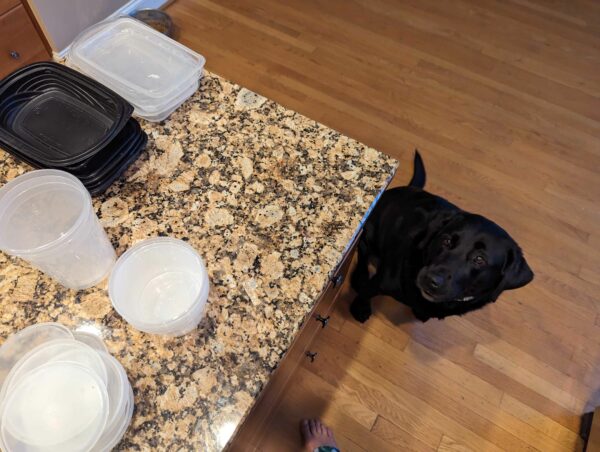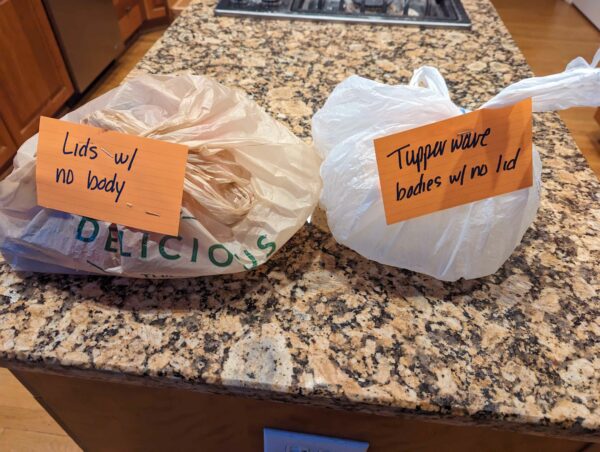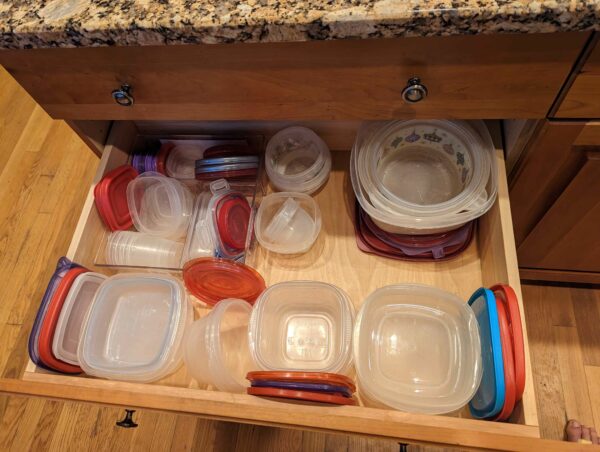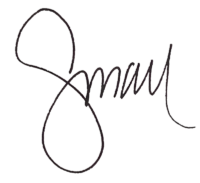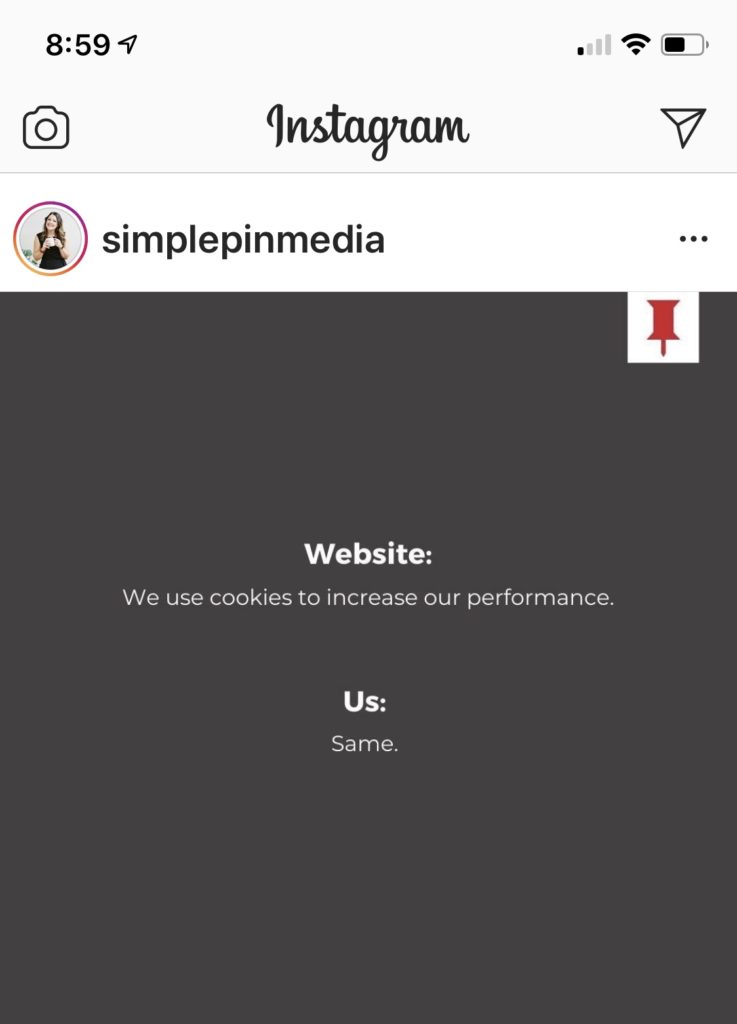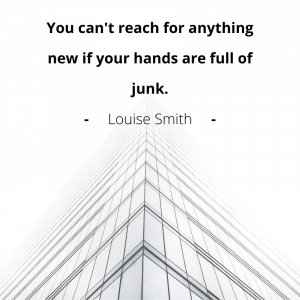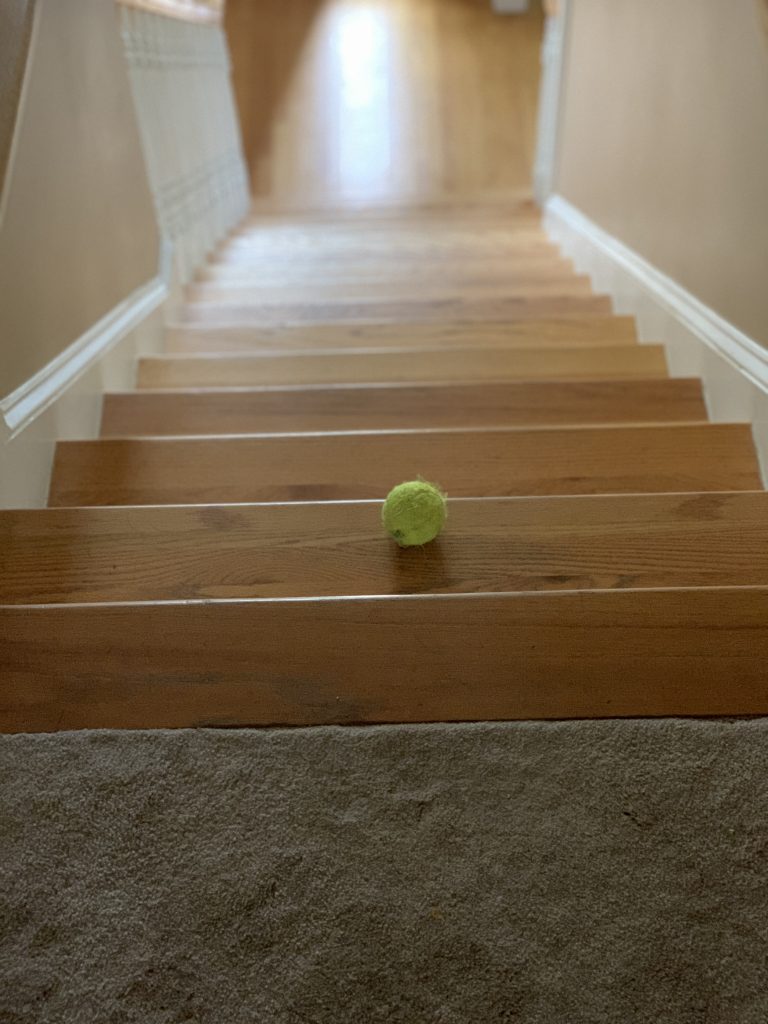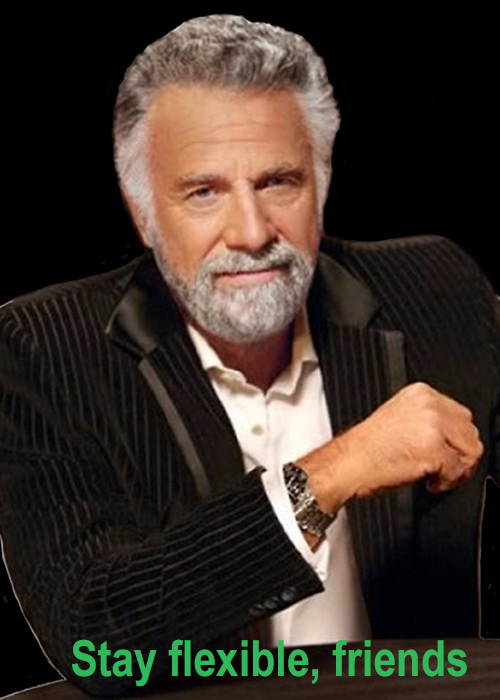Episode 48: Goal Setting 101
The close of one year and start of another often makes us reflective and in a goal setting frame of mind. Where did we spend our time, how do we feel about that, and where do we want to go. While dreaming is of course part of goal setting, it does not end there. Goal setting does not have to be a cold, remote robotic process. Learn what questions to ask to improve your chances to creating that life you really want.
Here is what you can expect to hear on the episode:
- Quarterly check in on Susan’s goals – including specific questions you can ask yourself about your progress
- Goal setting 101 – less about SMART goals and more about practical steps to get where you want to be
- Repeatable action steps that apply to any goal you can dream
Download a free guide at this link to follow along with the goal setting steps.
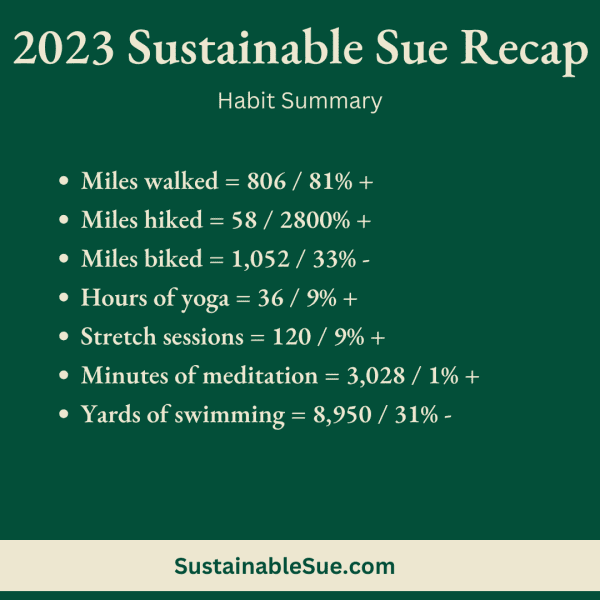
Listen at the link below or search for “Sustainable Productivity with Susan Sanders” everywhere podcasts are available.
Links to Learn More
Links mentioned in this episode of the Sustainable Productivity podcast:
- Sign up for episode emails, weekly essays, and links so you never miss a thing!
- Join the Sustainable You Facebook Community at this link
- Get your free copy of the Sustainable You Habit Tracker at this link
- Follow Susan on Goodreads at this link for all the bookish details
- Companion episodes:
- Episode 33: Literary Life Lately – Fall 2023
- Episode 46: MVP is Getting Things Done When You Have No Time and Less Energy
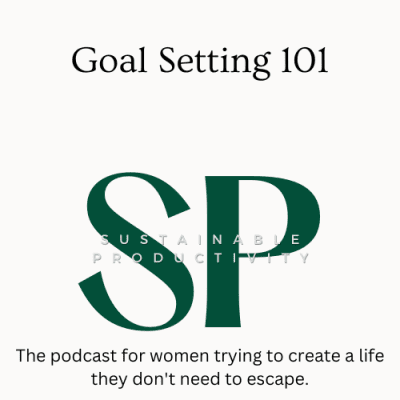
We would love to hear from you. Send your feedback on the episode, suggestions for future show topics or guests, and anything else to Susan@SustainableSue.com or in a DM on Instagram.
